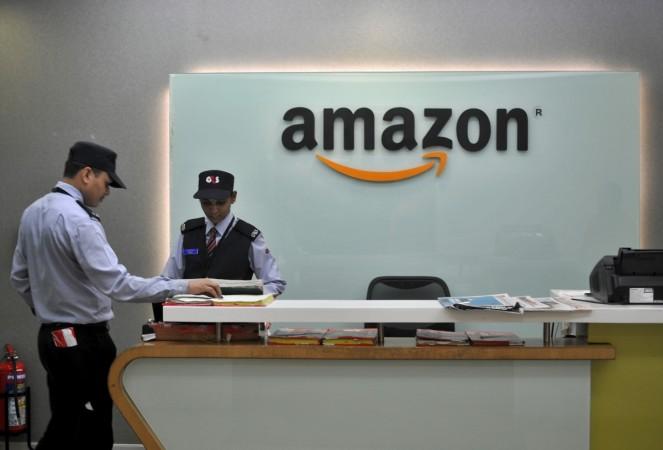
In its fourth year, Amazon India incurred a whopping loss of Rs 3,572 crore (about $500 million) in the financial year 2015-16, a sharp rise from Rs 321 crore in 2013-14. In comparison, revenues sky-rocketed from Rs 169 crore to Rs 2,275 crore.
In the financial year 2014-15, the company reported revenues of Rs 1,022 crore and loss of Rs 1,724 crore, respectively. Advertising and promotional expenses accounted for almost half of its expenses at Rs 1,405 crore.
Amazon.in operates in the world's fastest-growing economy and burgeoning e-commerce market through Amazon Seller Services Pvt. Ltd.
The financial performance of Amazon's India operations was made available by Tofler.
The net worth of Amazon Seller Services was pegged at Rs 4,021 crore as of March 31, 2016.
The company has three streams of revenues — income from marketing support services from marketing and promotional services provided to its group companies; income from marketplace services from operating an internet portal and sale of traded goods, which includes Kindle book reader and its accessories.
During one of Prime Minister Narendra Modi's visits to the US, Amazon founder and CEO Jeff Bezos committed investments of about $3 billion in India, taking its cumulative India investment to $5 billion.
Recently, Amazon Seller Services got a fund infusion of Rs 2,010 crore from its parent entity to take on its rivals in an intensely-competitive business in India.
"We will invest what it takes to become the customers' preferred choice in India, and are encouraged that we are India's largest and fastest-growing ecommerce marketplace," an Amazon India spokeswoman was quoted as saying.
In India, the company is in direct competition with home-grown online marketplace firms Snapdeal and Flipkart. Other players in the space include Myntra, Jabong, Infibeam and Limeroad.
The e-commerce space in India saw a relaxation in FDI norms, with the government allowing 100 percent foreign direct investment (FDI) in marketplace model.
In a marketplace format, an e-commerce company facilitates transactions between buyers and sellers, whereas in the inventory-based model, it owns the goods and sells them to customers directly.








